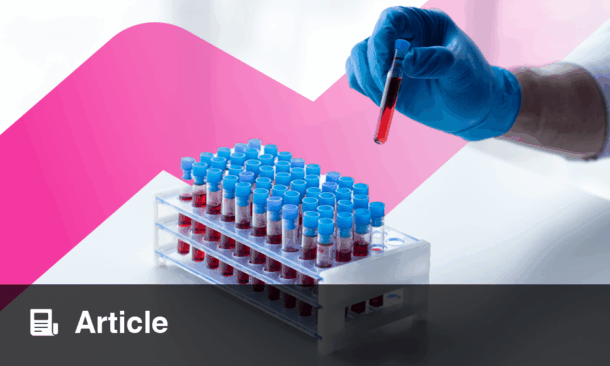EUROPEAN surveillance data from 2022 show a sharp rise in antimicrobial resistance (AMR) in Neisseria gonorrhoeae, raising new concerns about treatment efficacy for this common sexually transmitted infection.
Since 2009, the European Centre for Disease Prevention and Control (ECDC) has coordinated Euro-GASP, a surveillance network monitoring AMR in gonorrhoea across EU/EEA countries. This observational study analysed resistance data from 3,008 isolates submitted by 23 countries to The European Surveillance System (TESSy) in 2022, comparing it with data from 2016 and 2019. Associations between AMR and patient demographics were evaluated using logistic regression analyses.
While resistance to ceftriaxone remained rare in 2022 (0.03%, 1/3008), and cefixime resistance decreased to 0.3% (from 0.8% in 2019), azithromycin resistance rose sharply to 24.9% (749/3008), up from 9.0% in 2019. Ciprofloxacin resistance also increased, from 57.4% (1665/2884) to 65.8% (1980/3008). The number and proportion of reported female gonorrhoea cases grew to 575 (19.2%) from 502 (15.8%) in 2019. Univariate analysis showed azithromycin resistance was associated with oropharyngeal (odds ratio [OR]: 1.67, P<0.0001) and anorectal infections (OR: 1.38, P=0.0094), female sex (OR: 1.71, P=0.0022), and men who have sex with men (MSM; OR: 3.88, P<0.0001). However, multivariable analysis retained only the association with MSM (OR: 2.85, P=0.0040).
The persistence of ceftriaxone efficacy is encouraging, but the rise in azithromycin resistance, especially among MSM, highlights the need for targeted public health action. Continued surveillance and development of alternative antimicrobials are essential to sustain gonorrhoea control in Europe.
Reference
Jacobsson S et al. Antimicrobial resistance in Neisseria gonorrhoeae and its risk groups in 23 European countries in 2022 within the European Gonococcal Antimicrobial Surveillance Programme (Euro-GASP): a retrospective observational study. Lancet Reg Health Eur. 2025; DOI: 10.1016/j.lanepe.2025.101318.








